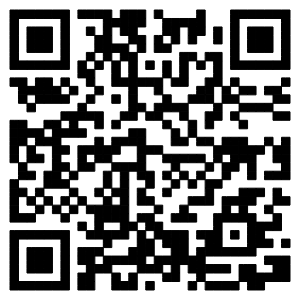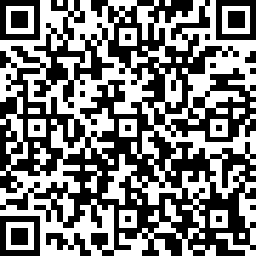
 {{_.$tools.formatDate(item.publishTime, 'yyyy-MM-dd')}} {{item.title}}
{{_.$tools.formatDate(item.publishTime, 'yyyy-MM-dd')}} {{item.title}} 
What are the liability limits of an airline in the case of delay in the carriage of passengers? What is the compensation amount?

What are the liability limits of an airline in the case of delay in the carriage of passengers? What is the compensation amount?
According to Article 4 of the Administrative Regulation No. 11/2004, an airline should compensate a passenger for the damages caused by the delay in carriage. However, if the airline can prove that it has taken all reasonably required measures to avoid the occurrence of such damages or losses or if it demonstrates that taking such measures was impossible, the airline is not held responsible for the damages. Bad weather and air traffic control delays are situations that the airline cannot prevent. Therefore, when the delay is due to bad weather or air traffic control reasons the airline is not liable for damages caused to passengers.
In what regards the actual amount of compensation, the airline will define the amount after analyzing the impact of the situation on the passenger. According to Article 6 of the Administrative Regulation No. 11/2004 as amended by the Administrative Regulation No.19/2011, the uppermost limit to be paid by the airline to each passenger is 4,694 Special Drawing Rights (Please click  to refer to the USD-equivalent on a particular day, and then exchange to MOP-equivalent).
to refer to the USD-equivalent on a particular day, and then exchange to MOP-equivalent).
The above mentioned liability limits shall not apply if it is proved that the damage resulted from an act or omission of the carrier, its servants or agents, done with intent to cause damage recklessly and with knowledge that damage would probably result, provided that in the case of such act or omission of a servant or agent, it is also proved that such servant or agent was acting within the scope of its employment.
























